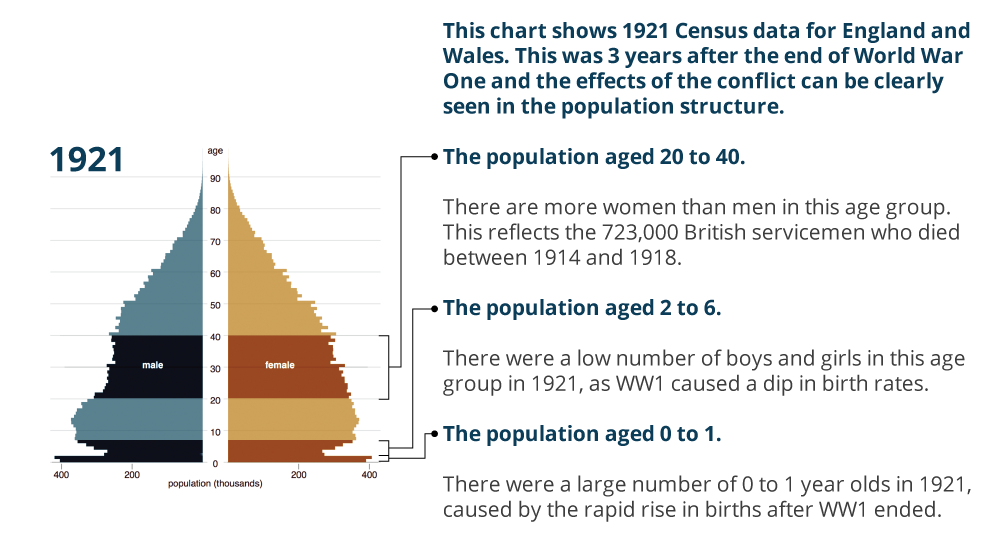Yesterday was Armistice Day, a bank holiday hence the lack of posting. So I spent a few hours yesterday looking at my ancestors to see who participated in World War I. It turned out that on my paternal side, my one great-grandfather was too old and the other was both the right age and signed up for the draft, but was not selected.
And so the only two that served were my maternal great-grandfathers. One served a few months in the naval reserve towards the end of the war. My other great-grandfather served for a year, a good chunk of it in France. This I largely knew from my great aunt, who had told us stories about how he had told her about blowing up bridges they had just built to prevent Germans from capturing them. And then how after the war he served as military police, arresting drunk American soldiers in France. But I had never realised some of the documents I had collected told more of the skeletal structure like units and ranks. Consequently, I decided to make this graphic.

Credit for the piece goes to me.

